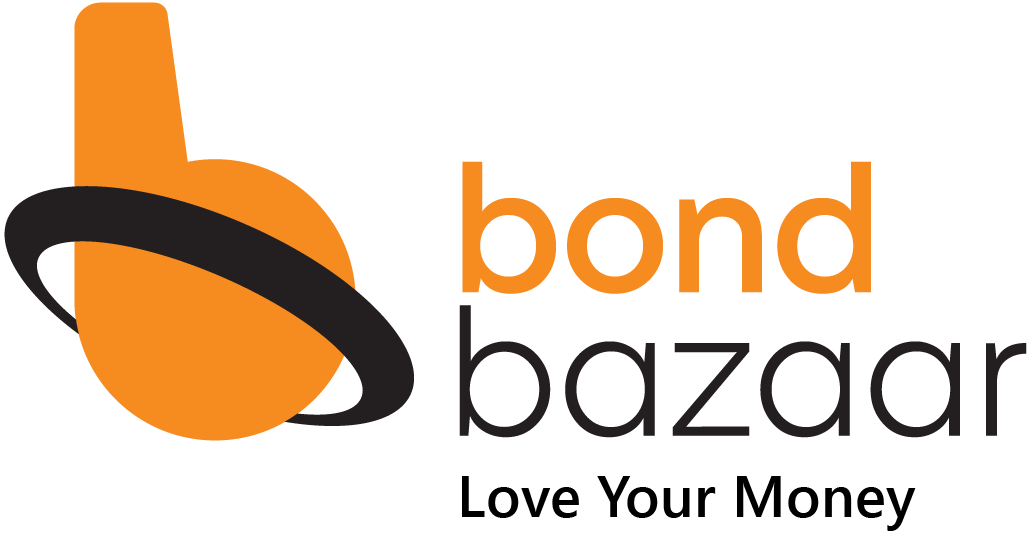Callable Bonds in India: Meaning, Types, Benefits & How They Work

Imagine a company needs to raise money for expansion and issues bonds to investors, promising to pay interest for, say, 10 years. But if interest rates drop after five years, the company might want to save money by paying off those bonds early and borrowing again at a lower rate. This is exactly what happens with a callable bond. It’s a bond that gives the issuing business the right to "call back" or redeem the bond before it matures, usually at a small premium. While this flexibility helps the company reduce its borrowing costs, investors risk getting their money back sooner than expected and reinvesting at lower rates. Callable bonds often offer higher interest rates than regular bonds to compensate.
What is a Callable Bond?
A callable bond is a type of fixed-income debt instrument with a call option. With the call option, the issuing entity gets the right to redeem the bond before its maturity date. However, the issuer is not under any obligation to redeem it before expiry. The certificate clears the bond's terms and conditions at the time of issuance, including its maturity period, interest rates, redemption options, etc.
How Does a Callable Bond Work?
A callable bond gives the issuer the right to “call back” or redeem it before it matures, paying investors the principal plus usually a small premium. This lets the company stop making interest payments earlier than planned, reducing costs.
However, investors face the risk of getting their money back sooner and reinvesting at potentially lower rates. Because of this risk, callable bonds often offer higher interest rates to attract investors. Callable bonds give companies flexibility to manage their debt when market conditions change.
Features of Callable Bonds
Here’s a look at the features of callable bonds:
-
The underlying assets have variable life spans.
-
Callable bonds are often redeemed at a premium—meaning the issuer pays more than the bond’s face value
-
Higher interest rates represent option premiums sold by bondholders.
-
Callable bonds have high interest rates, which the investors receive as compensation to cover the risk involved.
Types of Callable Bonds in India
These are the different types of callable bonds available for investment:
-
Municipal Bonds: Various local bodies like municipalities and municipal corporations issue these bonds with a call feature. They can call a bond only after a certain period after issuance, such as 5 or 10 years.
-
Sinking Fund Bonds: The issuing entity can call a bond completely or a part of it after conforming to a specific schedule. On particular dates, bond issuers must repay partial amounts to the investors. It saves the company from paying a lump sum amount on redemption.
-
Extraordinary Bonds: Extraordinary bonds allow extraordinary redemptions. The issuing entity can call a bond before maturity only under particular circumstances, such as if a funded project gets delayed or damaged.
How to Calculate the Value of a Callable Bond?
The formula to calculate the value of a callable bond is as follows:
Price of Callable bond = Price of conventional vanilla bonds – Price of a call option
Here, the price of the call option is the call option’s value, which allows the issuing entity to redeem a bond before maturity. The price of a standard vanilla bond is similar to that of a callable bond.
Imagine a company issues a bond with a face value of ₹10,000 and promises to pay a 7.5% interest rate for 15 years. But this bond comes with a special feature: the company can pay back the bond early, starting after six years. Now, if after those six years the market interest rates have dropped below 7.5%, the company will likely “call” the bond—meaning it will repay investors their principal early and refinance the debt at a lower interest rate.
For investors, this means they get their money back sooner than expected but miss out on the remaining interest payments they were counting on. On the other hand, if market rates stay the same or go up, the company won’t call the bond, and investors will continue receiving interest payments until the bond matures.
Additional Read - Secured vs Unsecured Bonds
Pros and Cons of Callable Bonds
Pros:
Callable debt securities offer various advantages to investors as well as issuing companies. Here is a quick overview:
-
Flexibility: Callable bonds allow issuers to manage their debt liabilities more efficiently by providing flexibility. For instance, if the issuer generates more revenue than expected, it can use the extra money to redeem callable bonds and reduce the financial burden.
-
Interest Savings: These debt securities are highly advantageous in reducing interest rate environments. The issuing company can call the bond and refinance its debt at lower coupon rates to lower its borrowing costs.
-
Higher Income: Those who invest in bonds with call options enjoy higher interest rates than non-callable debt instruments. Most issuing companies offer higher interest rates on these bonds to compensate for the higher risk that investors take.
-
Redemption Premium: In addition to a higher interest rate and bigger coupon payments, investors also enjoy a redemption premium if the issuer calls the bond before maturity. This premium is an additional income source above the bond’s face value that the issuers pay to compensate for the investor’s loss of interest payments.
Cons:
Although callable bonds offer several advantages, they also have some downsides for investors and issuers. Here are a few of them:
-
Higher Initial Costs: Issuers must offer higher interest rates to attract investors.
-
Uncertain Cash Flows: Since the issuer can redeem the bond before maturity, it adds uncertainty to the investor’s cash flow.
-
Market Timing: The issuing entity should call the bond at the right time to maximise its benefits. Missing the limited window may lead to major losses.
-
Reinvestment Risk: If the issuer calls the bond, the investors must reinvest the principal amount at lower rates.
-
Price Ceiling: Callable bonds usually have capped price appreciation. That is because the chances of calling the bond increase with falling interest rates and rising bond prices.
Additional Read - Perpetual Bonds in India: Meaning, Features, Benefits & Risks for Investors
To sum up, callable bonds give issuers the flexibility to repay debt early—especially when interest rates fall—but they also introduce reinvestment risk for investors. These bonds typically offer higher coupon rates to compensate for this risk This means investors should carefully read the bond’s terms to understand when and how it might be called, as it affects their returns and reinvestment plans.
If you're exploring callable bonds in India, consider using Bondbazaar, a SEBI-regulated online bond platform. With access to over 10,000 bonds—including corporate, government, and callable varieties—you can invest easily, trade in real-time, and enjoy zero account and brokerage fees.
It’s regulated by SEBI and offers over 10,000 bonds across government securities and corporate bonds. Plus, you earn fixed returns typically between 8-14%*, and your bonds are held safely in demat form with interest and principal paid directly to your account.
So, if you want a simple, transparent way to invest in bonds—including callable ones—Bondbazaar makes it easy and convenient to get started. Just remember that callable bonds might be called early, so always check the details before investing!
